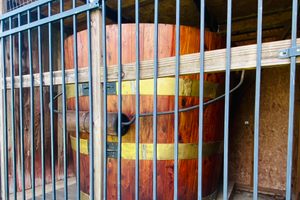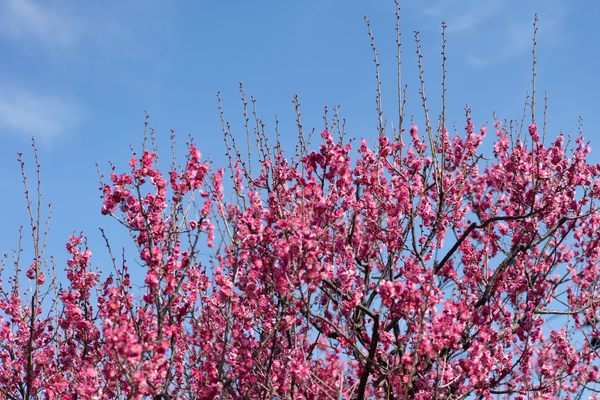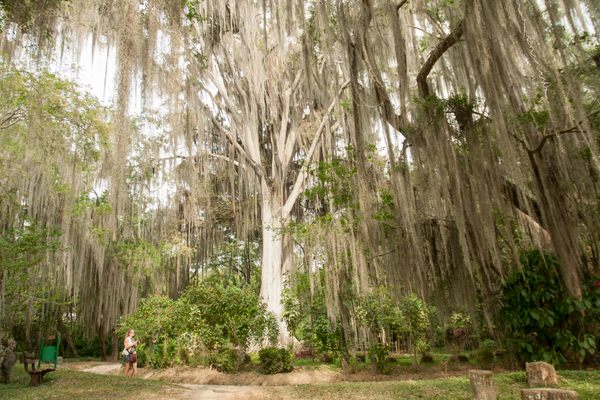About
The Nashville Basin of central Tennessee is a flat, low-lying plain of limestone—the remains of an ancient Ordovician sea riddled with sinkholes, caves, and other karstic features. The soil of the basin is often very thin and in many places it has completely eroded away, leaving a landscape of exposed, weathered stone slabs and gravel piles that resemble abandoned parking lots.
Though the hot, dry conditions in these environments are harsh and almost desert-like, they are home to a unique ecosystem known as a cedar glade after the tough Eastern Red Cedar trees (which is actually a kind of juniper) that dominate them.
Cedar glades have a gradient of ecological zones, from bare limestone where only lichens, mosses, and cyanobacteria grow, to thinly soiled xeric lands inhabited by tough clumps of grasses and low herbaceous plants, to open savannah dominated by the titular red cedars.
Cedar glades provide habitats for many rare, endemic plants such as the Tennessee Coneflower, Nashville Glade-Cress, Lime Stonecrop, and others. Cedar glades were initially ignored by European settlers since they made poor farmland and thus were left fairly unaltered. In the modern age, though, urban growth and development in the Nashville area have become significant threats to these rare ecosystems. To protect and preserve the glades, the Tennessee Department of Environment and Conservation has designated many of them as state parks or natural areas.
One of the largest areas of preserved glades is Cedars of Lebanon State Park, located within the larger Cedars of Lebanon State Forest. This woodland was named by early European settlers for its supposed resemblance to the biblical cedar forests of ancient Lebanon that were used by King Solomon to build the Temple in Jerusalem. In addition to its numerous glades, the park preserves large sections of oak-hickory forest along with many karstic limestone features such as sinkholes and several small caves. This area was also where cedar glades were first recognized as a distinct and rare ecosystem.
Related Tags
Know Before You Go
In addition to hiking trails, the park includes over a hundred campsites, several picnicking areas, a meeting lodge, and the Merritt Nature Center, a small natural history museum.
Published
July 16, 2019
































